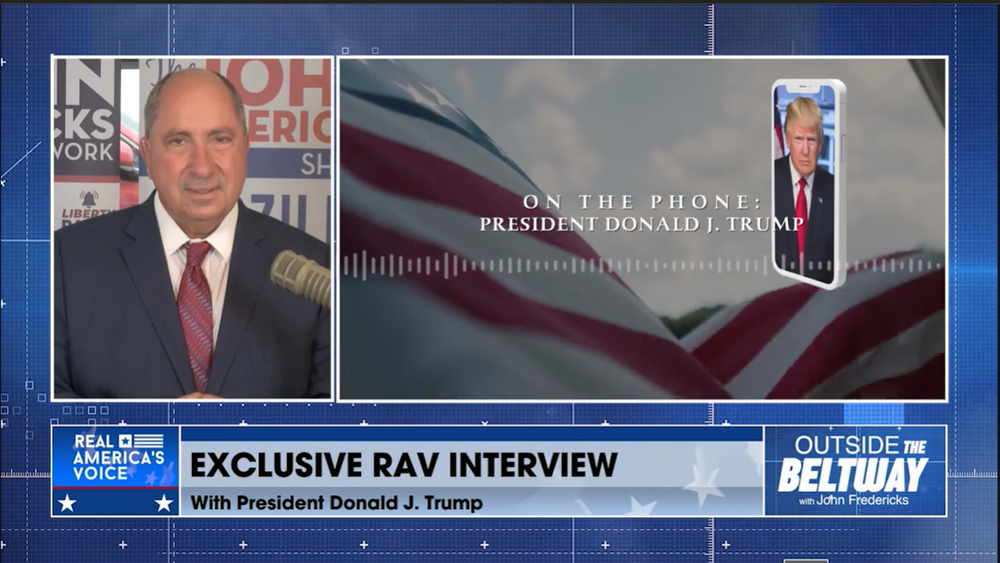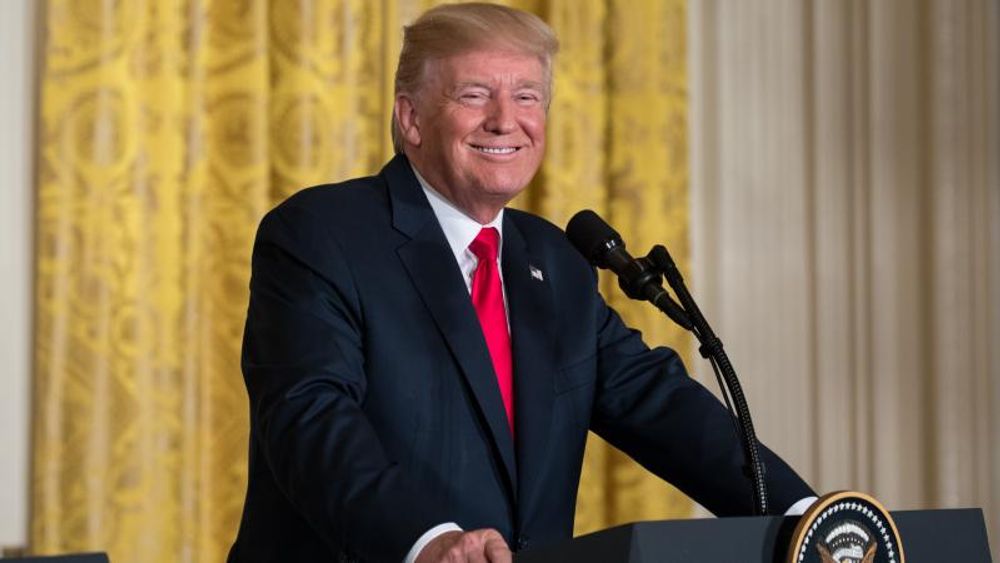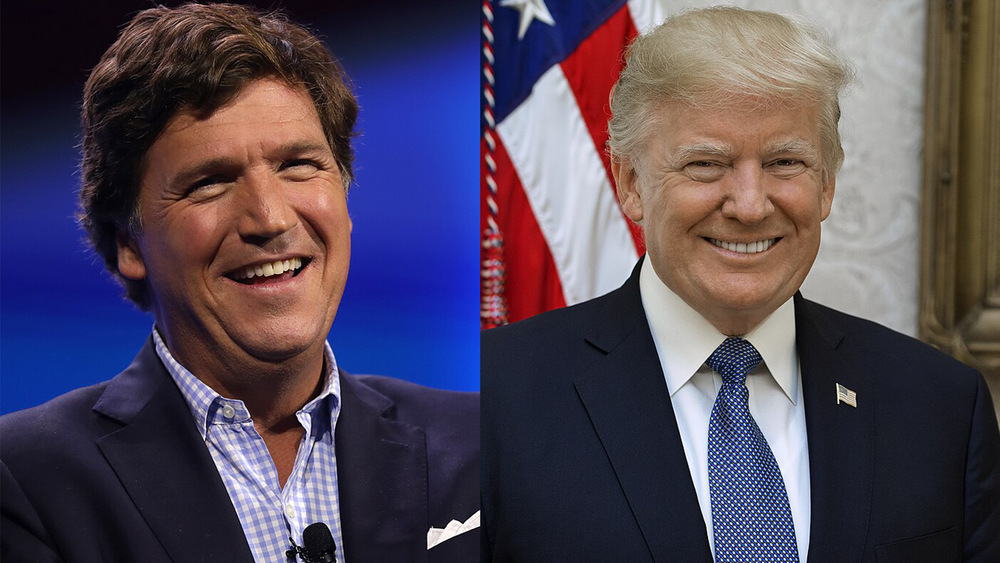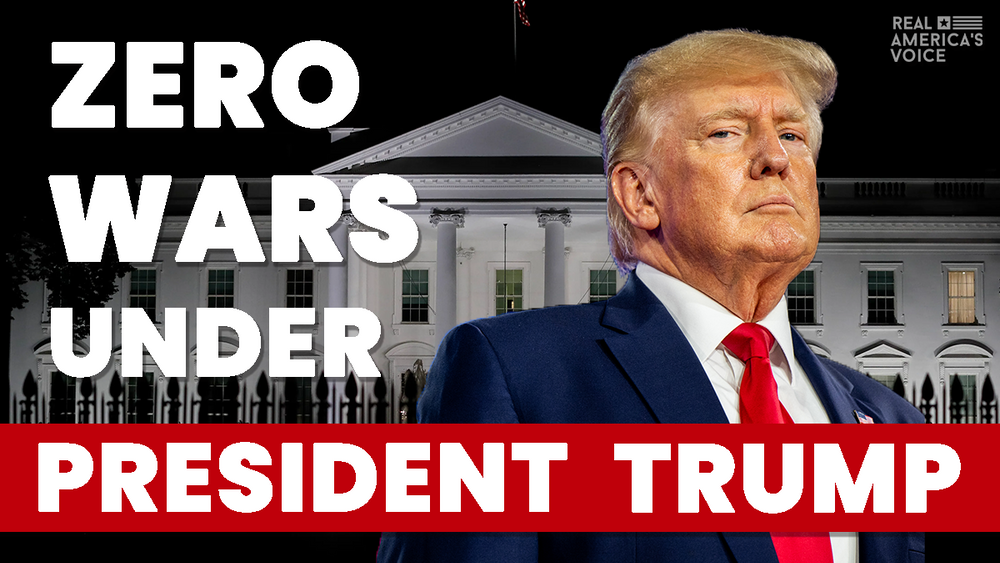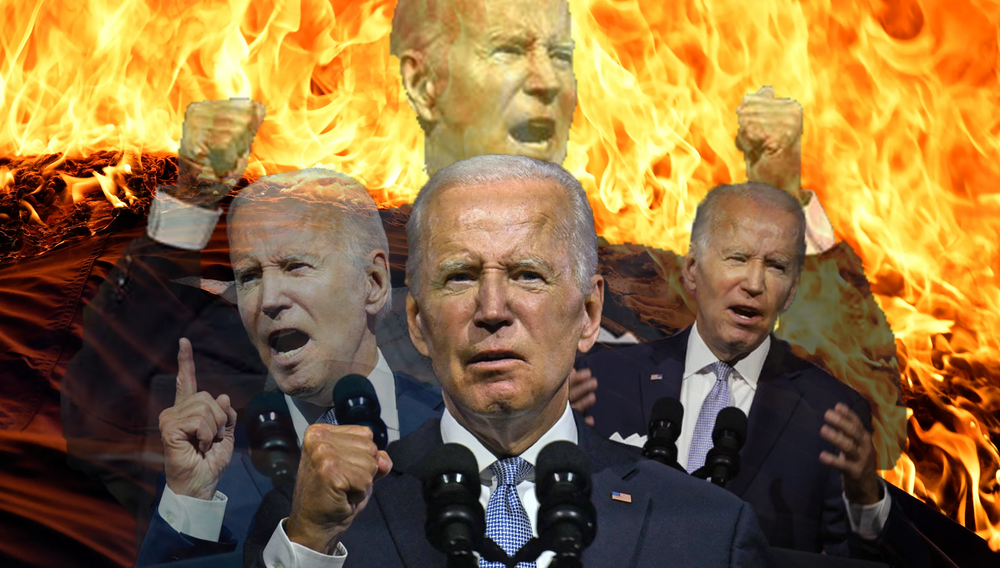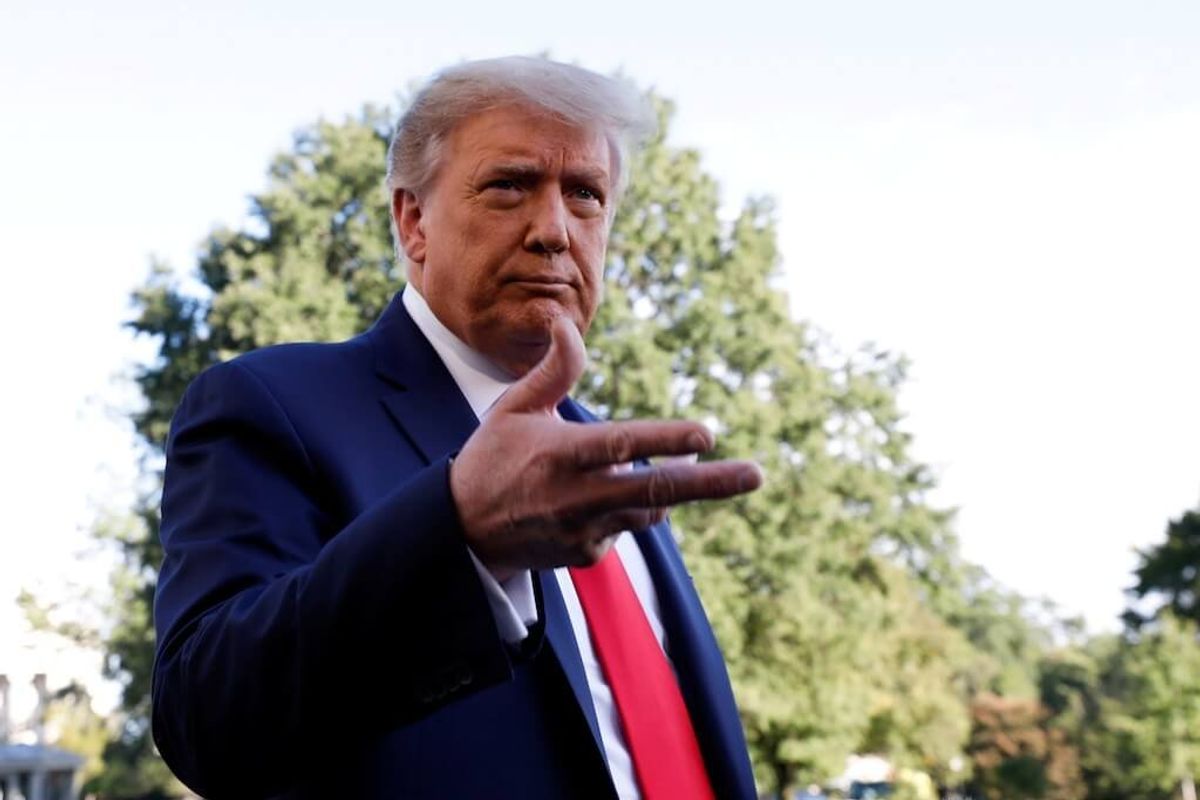
Trump Meets with Potential Supreme Court Nominee
U.S. President Donald Trump met at the White House on Monday with one of the five women on his list to replace Supreme Court Justice Ruth Bader Ginsburg, according to sources.
The 87-year-old liberal icon died last Friday after a lengthy battle with cancer.
Trump said he would announce his nominee after funeral services for her later this week.
The president mentioned Amy Coney Barrett by name, along with Barbara Lagoa, as he spoke to reporters before boarding his Marine One helicopter on the South Lawn. He did not confirm meeting with Barrett.
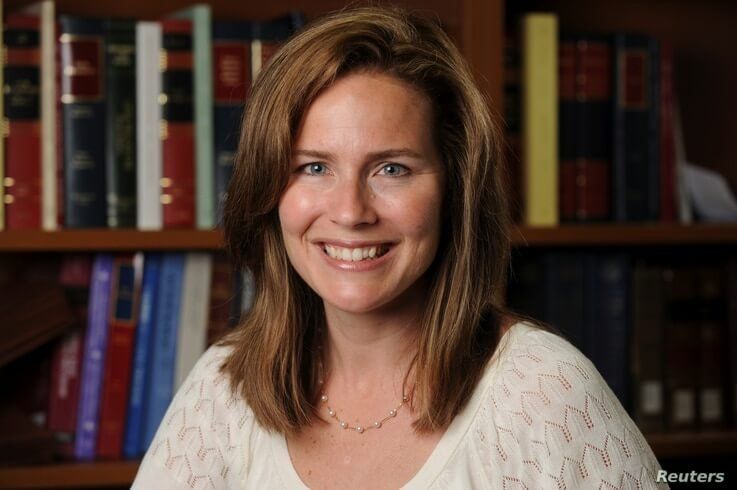
Later in remarks in Dayton, in the Midwestern state of Ohio, Trump said he would announce his choice probably on Saturday, but possibly the day before.
"It will be a brilliant person," the president said. "It will be a woman."
Both Barrett, a 48-year-old Midwestern Catholic, and Lagoa, a 52-year-old Cuban American from Florida, are conservatives whom Trump appointed to federal appellate court judgeships in recent years.
The president told reporters he might meet with Lagoa later this week when he travels to Miami.
"I don't know her, but I hear she's outstanding," he added.
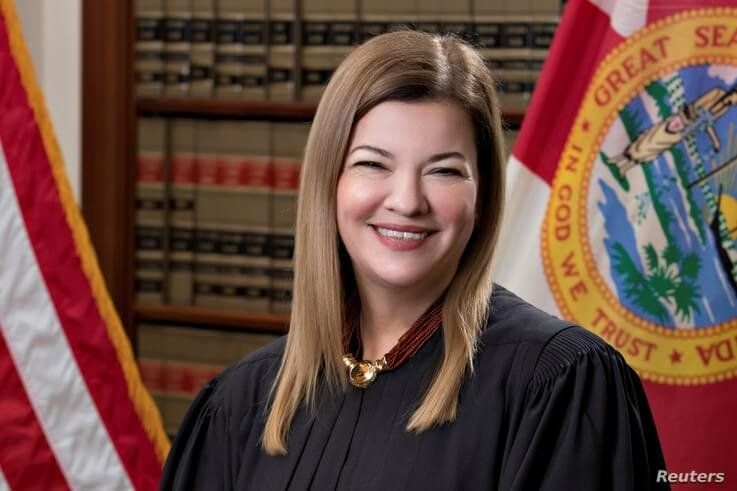
Others reported to be on Trump's short list are Sixth Circuit Court of Appeals Judge Joan Larsen, Fourth Circuit Judge Allison Jones Rushing and deputy White House counsel Kate Todd.
Timing of vote
The president, in his Monday afternoon remarks to reporters, called on the Republican- controlled Senate to vote on confirmation before the Nov. 3 election.
"I'd much rather have a vote before the election," Trump said. "We have plenty of time to do it."
That is a reversal from the position he took four years ago when a Supreme Court seat became vacant in the final year of former President Barack Obama's second term.
"I think the next president should make the pick," he said in 2016.
Former Vice President Joe Biden, the Democratic nominee hoping to prevent Trump's reelection, said the victor in the November election should make the court selection after being inaugurated for a new White House term in January.
Trump on Monday said there was "zero chance" that Democrats wouldn't try to fill a Supreme Court vacancy if they controlled both the presidency and the Senate as Republicans currently do.
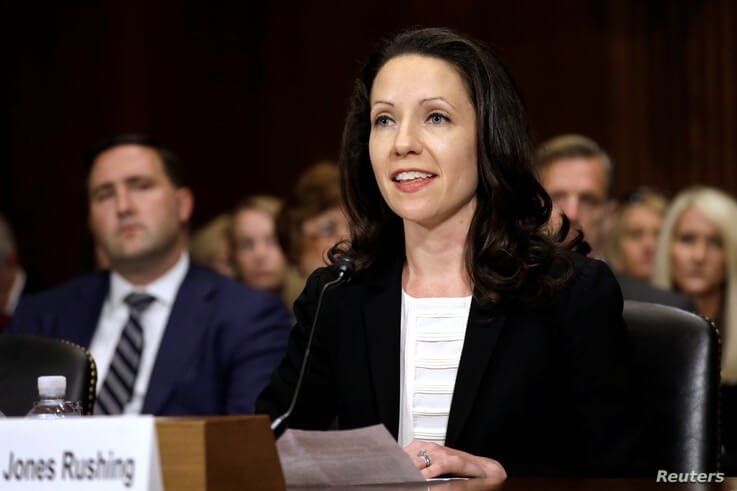
Ginsburg will lie in repose at the Supreme Court Wednesday and Thursday, while House Speaker Nancy Pelosi said Ginsburg will lie in state in the U.S. Capitol on Friday.
Trump's Supreme Court pick of another conservative, his third after winning Senate confirmation of Neil Gorsuch and Brett Kavanaugh, would tip the current 5-4 conservative edge on the country's top court to 6-3.
The new choice could affect decisions on legalized abortion in the U.S., immigration, health care, voting rights, gun ownership restrictions, religious liberty and an array of other issues for more than a generation.
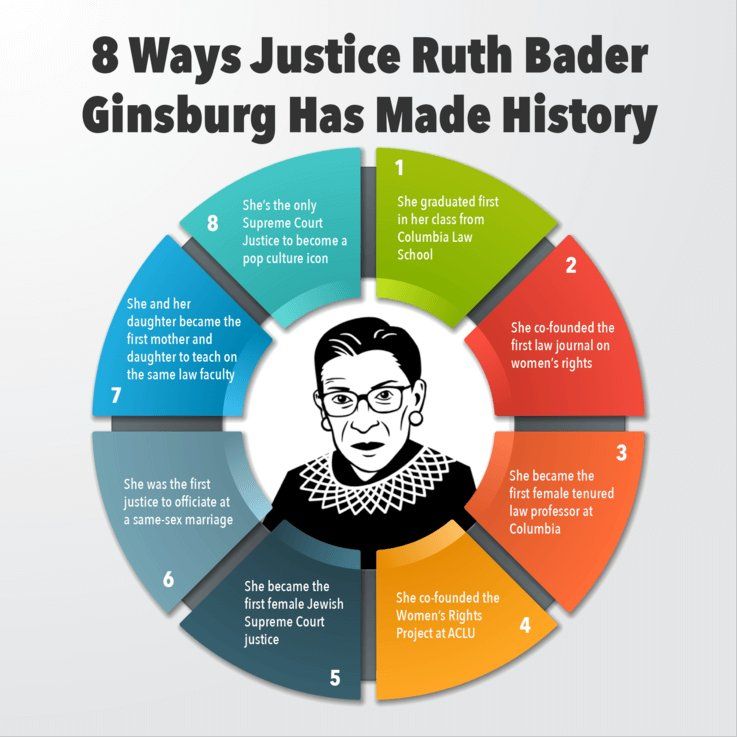
'Ginsburg's dying wish'
Trump's anticipated court selection has touched off a rancorous political debate in Washington: should the nomination be considered before the election or after? After would effectively allow the American electorate to have a say by deciding the presidential election, which would allow the winner — either Biden or Trump — to make the choice at the start of a new four-year term.
In 2016, Republicans refused to allow consideration of Obama's final Supreme Court nominee, Merrick Garland, following the death of Justice Antonin Scalia in February of that year. They argued that high court vacancies should be left unfilled during an election year so the American people can weigh in on the choice.
Democratic Senate Minority Leader Chuck Schumer criticized the Republican Party's change in position and said no vote should take place until next year.
"That was Justice Ginsburg's dying wish. And it may be the Senate's only, last hope," Schumer said.
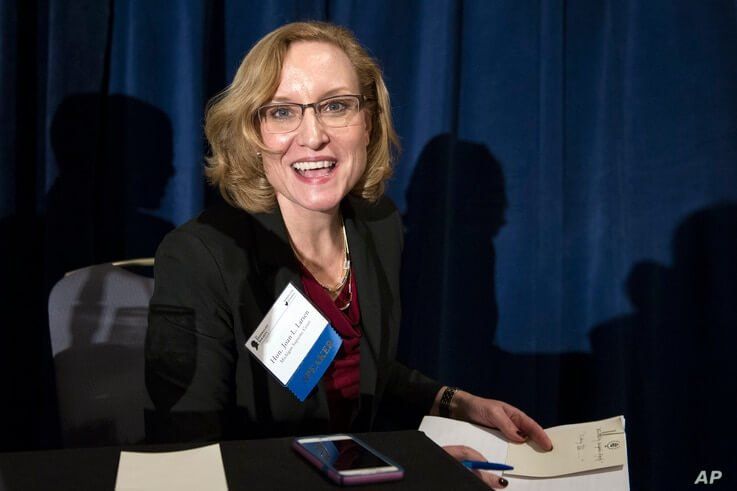
Trump is questioning whether Ginsburg actually told her granddaughter just before dying that she hoped her seat would not be filled until after the presidential election.
"It just sounds to me like it would be somebody else. It could be, and it might not be, too. It was just too convenient," the president said to reporters.
2016 vs. 2020
"No wonder Americans have so little faith in government and in this Senate, led by the Republican majority," Schumer said on the Senate floor Monday.
Republican Senate Majority Leader Mitch McConnell defended his positions in both 2016 and 2020, saying the difference is that four years ago, different parties were controlling the Senate and White House, whereas now, the same party controls both. He said historical precedent has been on his side in both cases.
"There was clear precedent behind the predictable outcome that came out of 2016. And there is even more overwhelming precedent behind the fact that this Senate will vote on this nomination this year," McConnell said.
Republican Sen. Lindsey Graham, who chairs the Judiciary Committee, said Monday that voters chose Republicans to lead the Senate in the 2018 elections in part because they were committed to supporting Trump's Supreme Court nominees.
"We should honor that mandate," he said, speaking from the Senate floor.
Republicans have a 53-47 majority in the Senate, but two Republicans — Susan Collins of Maine and Lisa Murkowski of Alaska — said over the weekend they would oppose voting on Trump's eventual nominee before the election.
Trump criticized both lawmakers, claiming they were "very badly hurt" politically by their statements.
If two more Republicans say no to a preelection vote, consideration of the nominee would be scuttled until at least the post-election, lame duck session of Congress. If one more Republican objects, Vice President Mike Pence could break the 50-50 deadlock in the Senate in favor of considering Trump's nominee.
Ken Bredemeier contributed to this report.
 House Democrats File Bill to Fund US Government But Leave Out New Farm MoneyNext PostSupreme Court Pick Upends Unpredictable US Election
House Democrats File Bill to Fund US Government But Leave Out New Farm MoneyNext PostSupreme Court Pick Upends Unpredictable US Election
